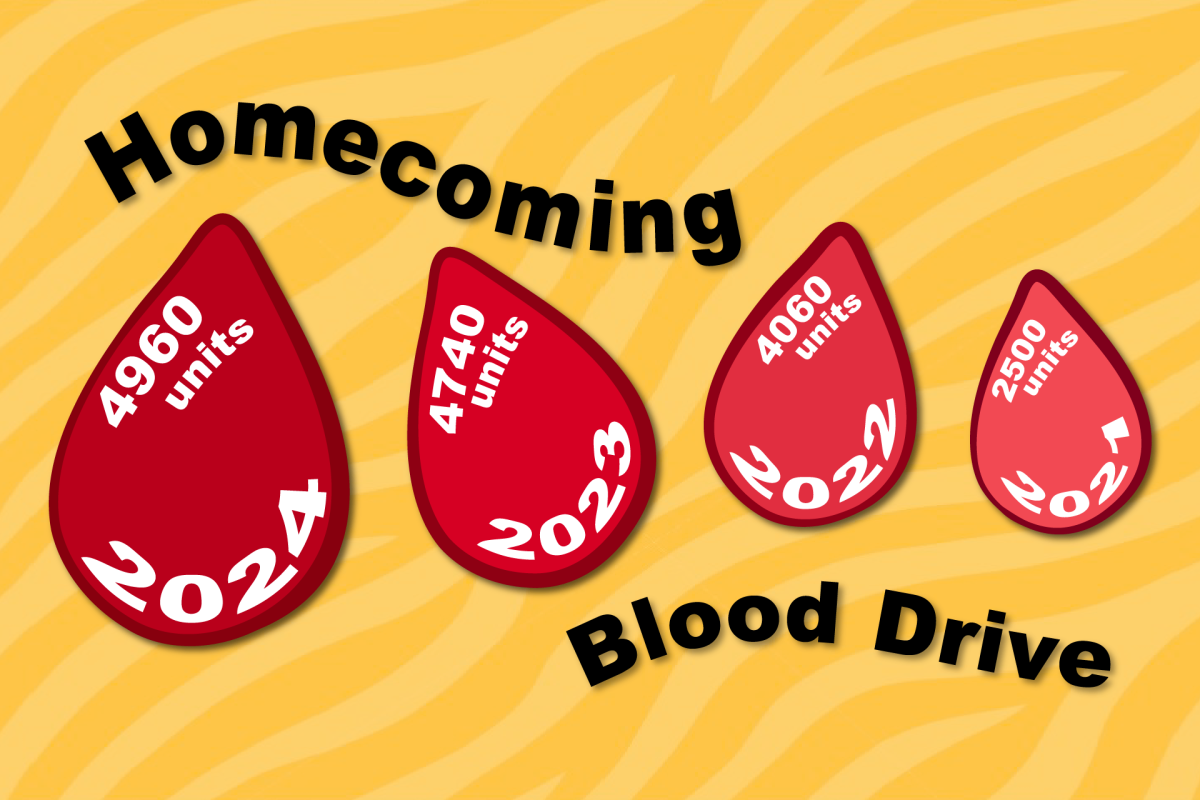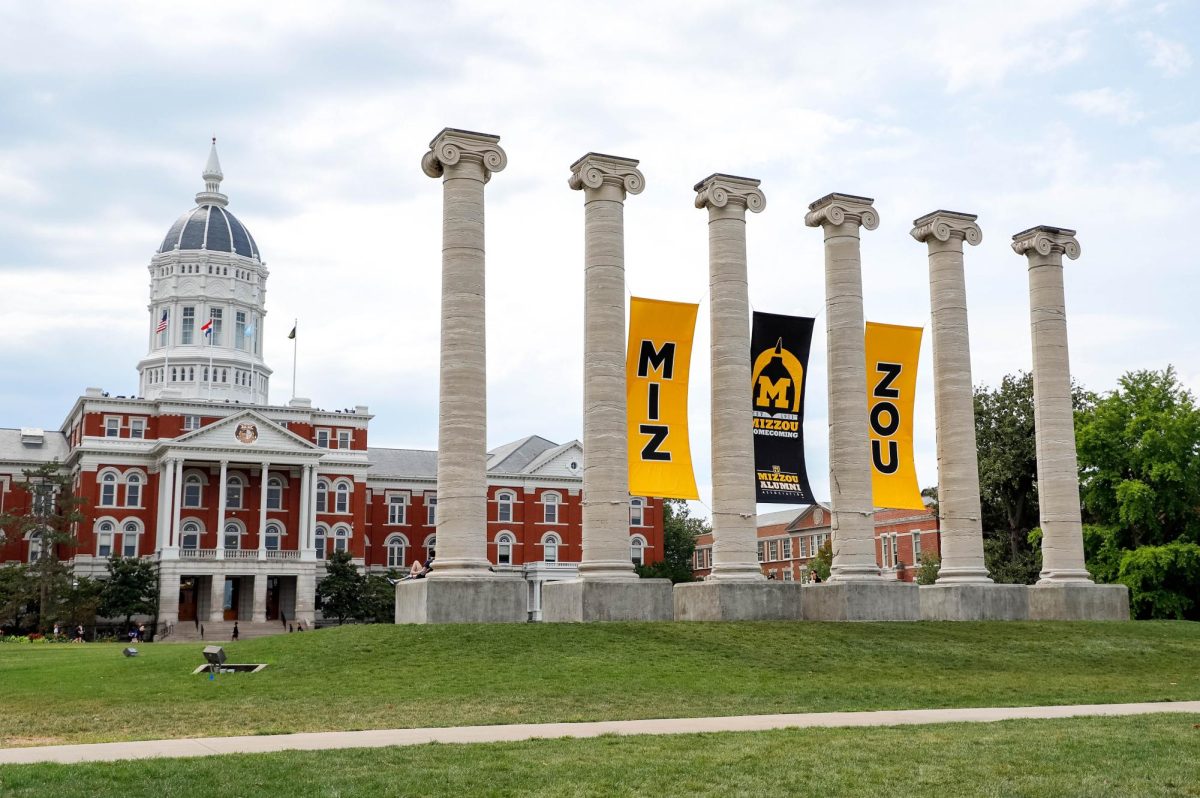The National Weather Service implemented changes to its severe weather warning system, including stronger wording and greater details.
The changes come after a yearlong study in which several NWS offices in the Midwest region tried out a new format for their tornado warnings.
Scott Truett, senior forecaster at the NWS St. Louis station, said the new format was implemented in offices all over the region at the beginning of this year, but NWS will continue to study the results of the changes for at least another year.
Unlike the old system that only had one warning message to cover all levels of tornadoes, the new system will explain how severe the storm will be as well as how much damage the storm is expected to create.
Warnings will now be in bullet format to make them easier to read, Truett said, and they will include three new sections titled “Hazard,” “Source” and “Impact.”
The “Hazard” section will describe what type of storm the system is, whether the tornado is still developing or is already at a certain level of strength.
The “Source” section will describe how and where the storm system was first spotted. This section will specify if radar or a person first spotted the tornado and where it first appeared.
The “Impact” section will describe the potential damage the storm could cause. Truett said this section is the most important and will give residents of the areas the best information on how to prepare for the storm.
Another change to the warning system is the implementation of strongly worded warnings, such as saying, “complete destruction of entire neighborhoods is likely” and warning against residents’ deaths in very severe cases. The wording is supposed to help residents of affected areas understand the true danger of the storm.
“When people hear (tornado) warnings they usually look for a second source of verification, but hopefully they will listen when there are such strong warnings (like these),” Truett said.
The recently added details about the severity of tornadoes would show up in MU Alert emails, but not in the phone or text message warnings, said Terry Robb, the director of the Division of Information Technology.
He said the MU Alert relays Boone County tornado warnings and does not have control over what those messages say.
“There’s a special code for Boone County which sends out automatic alerts,” Robb said. “For texts and phones it will be the same automatic messages, but emails will show the new information.”
MU Alert’s current notification provider contract ends soon, so it is looking into new notification provider companies. Robb said the transition to a new company might change the format of the alerts that MU students and faculty receive, but the changes in the NWS warning system will not affect them.
The changes in NWS’s tornado warning system come in response to the disaster in Joplin two years ago, according to the Associated Press.







